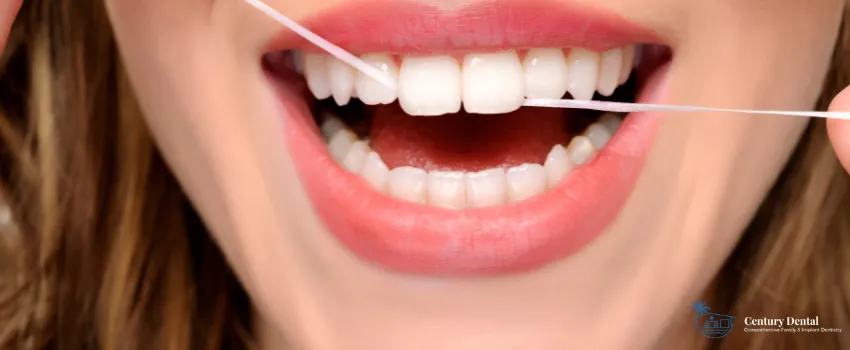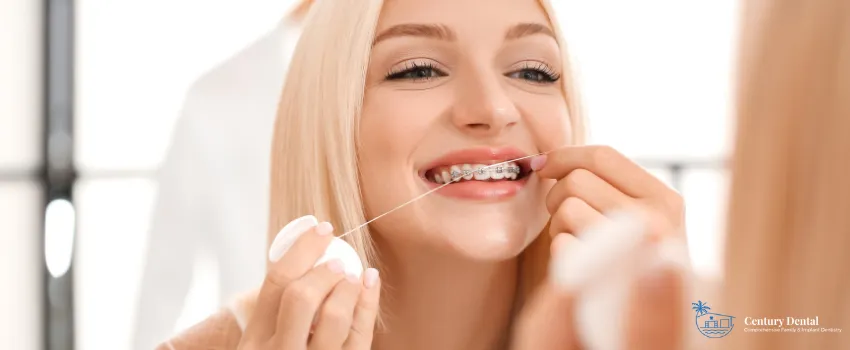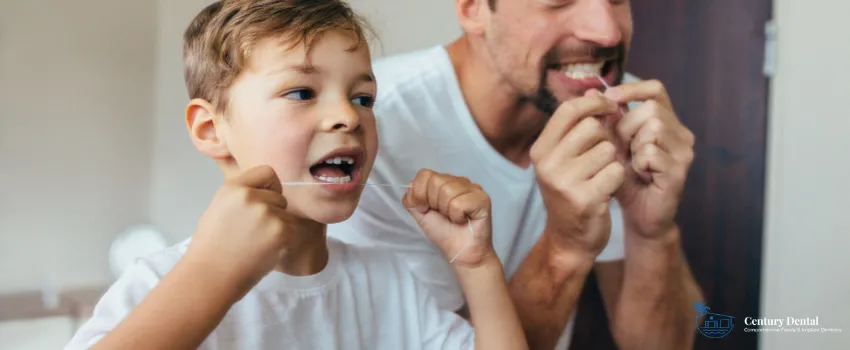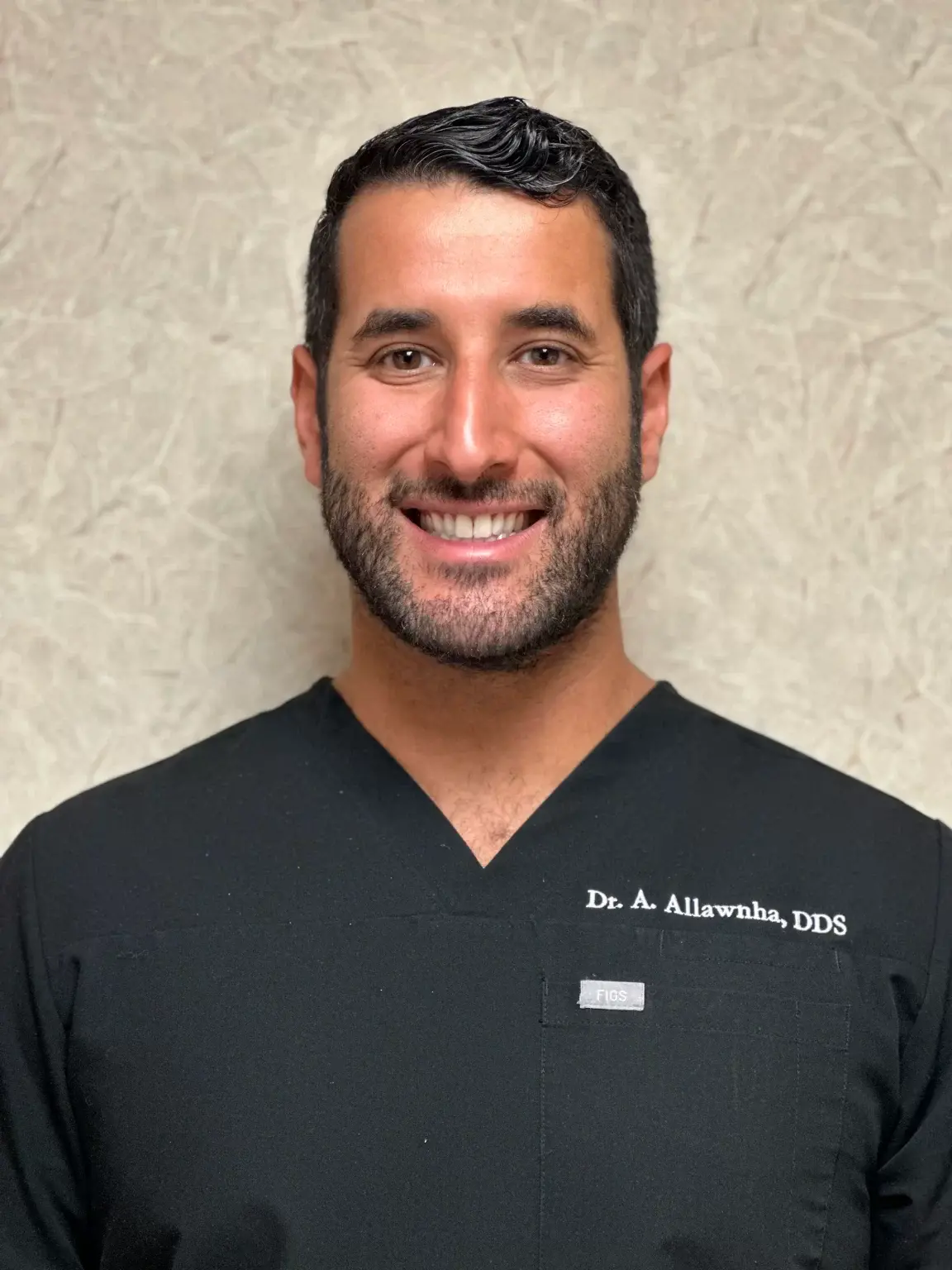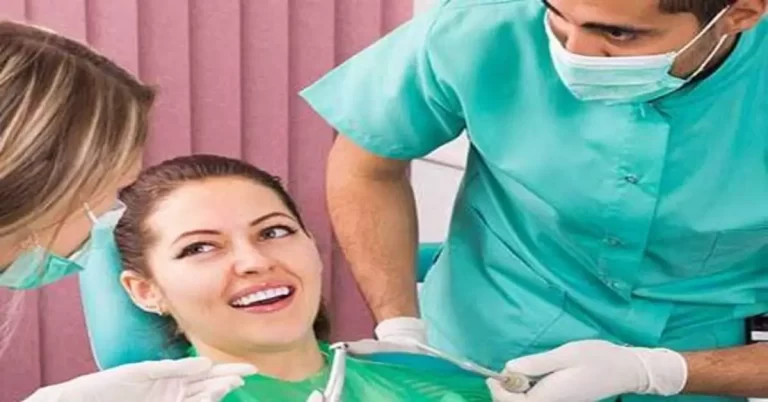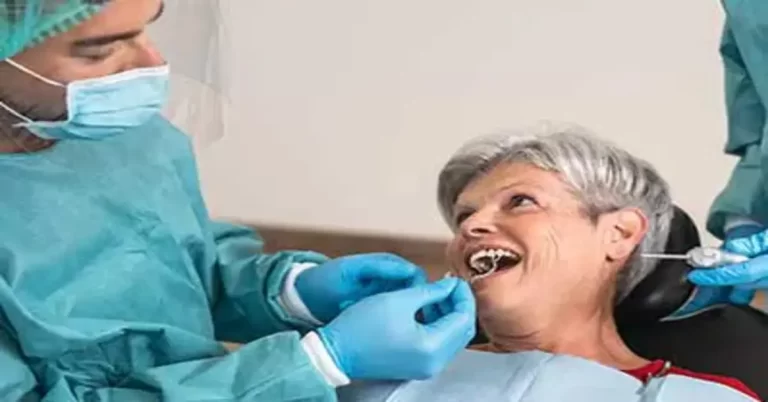Many people dread flossing because they find it tedious or uncomfortable. However, this simple act can significantly affect your oral health. Teeth flossing removes food particles and plaque from areas your toothbrush can’t reach, preventing gum disease, tooth decay, and bad breath.
If you still need convincing, consider this: when you neglect flossing, you leave 40% of your tooth surfaces untouched. That’s like cleaning only 60% of your body in the shower – it’s not going to give you the fresh and clean feeling you’re aiming for.
So, let’s dive into the blog below and discover the benefits of flossing teeth for your oral health and overall well-being.
What is the best technique for flossing teeth?
The best technique for teeth flossing is thorough and gentle. To remove plaque effectively and food particles from between your teeth, follow these steps:
- Start with a piece of floss about 18 inches long. Wrap the ends around your middle fingers, leaving about two inches of floss to work with.
- Grip the floss firmly with your thumbs and forefingers, then carefully slide it between your teeth, using a gentle back-and-forth motion. Teeth flossing should be done carefully to avoid injuring your gums.
- Curve the floss into a C against one tooth when it reaches the gumline. Gently slide the floss into the space between the gum and the tooth, then move it up and down to remove plaque.
- After removing the plaque, repeat this process for the adjacent tooth, using a clean section of floss.
- Continue flossing teeth in this manner, using a fresh section of floss for each tooth.
Remember, the key to effective teeth flossing is thorough and reaching all the spaces between your teeth. Take your time, and don’t rush the process. By following this technique, you’ll be well on your way to a healthier smile!
Should one floss before or after brushing?
Whether you should floss before or after brushing is entirely up to you, the most important thing is to make teeth flossing a regular part of your oral hygiene routine. Flossing before brushing can help loosen plaque and food particles, making it easier for your toothbrush to remove them.
On the other hand, flossing after brushing can help dislodge any remaining debris, ensuring a thorough cleaning. The choice ultimately depends on what works best for you. Additionally, flossing teeth benefits people who want to focus on their tasks, while others prefer the fresh feeling of a clean mouth after brushing.
How soon do you see benefits from flossing?
The benefits of flossing are quickly noticeable. Flossing teeth benefits in just a few days include healthier gums and fresher breath. It helps remove food particles and plaque that a toothbrush can’t reach. So, is flossing good for your teeth? It leads to a cleaner mouth and can prevent gum diseases.
What happens when you floss regularly?
When you regularly floss, you give your teeth the VIP treatment they deserve, reaping the numerous benefits of flossing teeth. It’s like rolling out the red carpet for a Hollywood celebrity – that’s how special your teeth feel when you take care of them.
But what exactly happens when you make flossing a daily habit? Let’s take a look:
1. You reach the hard-to-reach places.
First and most importantly, teeth flossing allows you to reach areas your toothbrush can’t. These are the tight spaces between your teeth and the gumline. When you floss, it’s like having a tiny superhero that can go where your toothbrush can’t, removing the plaque and food particles that cause gum disease and tooth decay.
2. You prevent gum disease.
Gum disease is like a sneaky thief that can steal your smile if you’re not careful. But here’s the good news: flossing teeth benefits your oral health by showing gum disease at the exit door. It removes the plaque buildup along the gumline, the main culprit behind gum disease. So, flossing is a must if you want to keep your gums healthy and happy.
3. You lower the risk of tooth decay.
Remember, flossing is a tag team with brushing. When you floss, you’re clearing the path for your toothbrush to do its job effectively. By removing the plaque and food particles from between your teeth, you reduce the risk of cavities, and teeth flossing benefits your gums and your pearly whites.
4. You save money on dental bills.
Let’s face it – dental work can be expensive. But here’s a secret to keep your wallet happy: regularly flossing can save you a lot of money in the long run. When you make teeth flossing a part of your routine, you proactively approach your oral health. This helps avoid costly dental problems that can surprise you when you least expect them.
The Bottom Line
What does flossing do for your teeth? It does a lot! Flossing keeps your breath smelling good, helps your gums stay strong, and stops tooth and gum issues. Whether you floss before or after brushing doesn’t matter as long as you do it often. Doing this can save you money in the long run by avoiding costly dentist visits. But even if you floss daily, seeing a dentist regularly is good to ensure everything’s okay with your teeth.
Take the Next Step with Century Dental!
Wondering what does flossing do for your teeth beyond the basics? Let the experts at Century Dental guide you. Book an appointment at our Dentist Treasure Island, FL, location today and ensure your smile gets the professional care it deserves. Don’t just read about the best flossing techniques; experience the difference with Century Dental’s comprehensive approach to oral health. Act now for a brighter, healthier smile!

